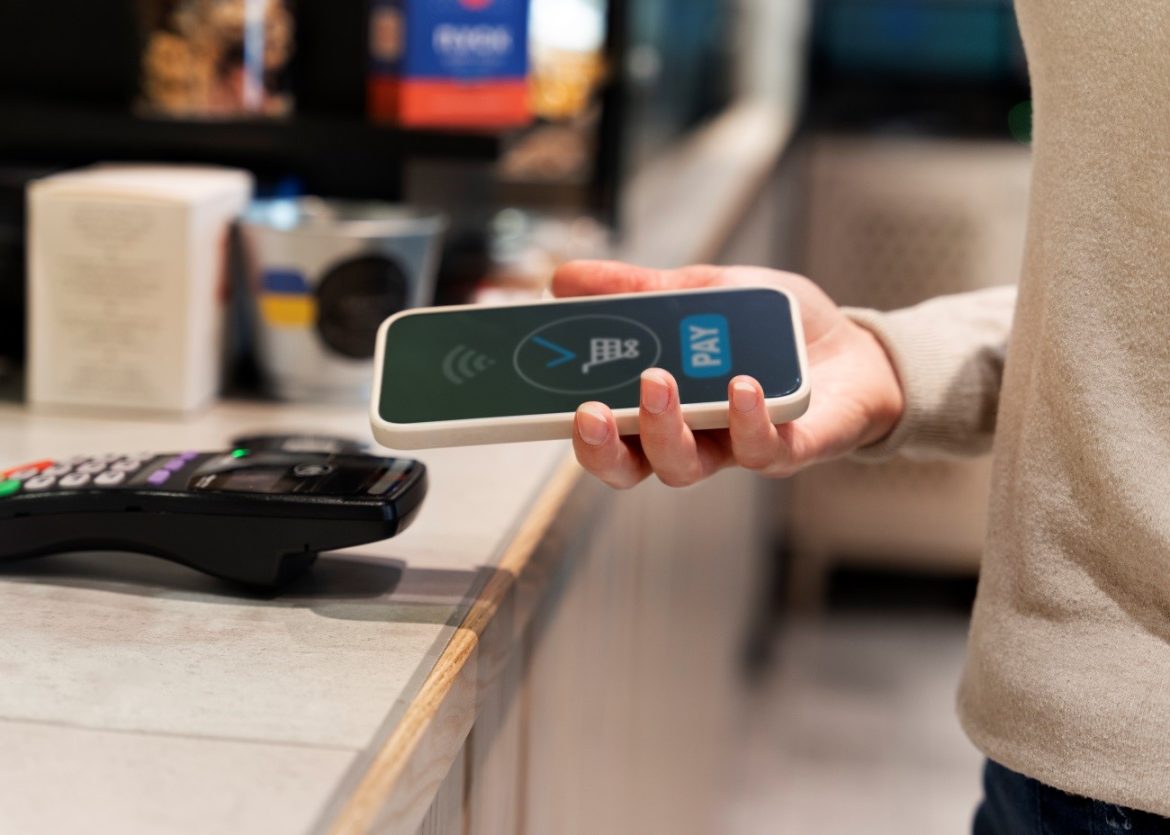In today’s fast-moving digital economy, trust isn’t a luxury—it’s a necessity. Whether users are buying e-books, paying for streaming subscriptions, or sending money across borders, they want to know one thing: Can I trust this platform with my money and data?
This article dives into how trust can be intentionally designed into financial platforms. From defining core concepts to implementing secure real-time systems, we’ll look at how fintech providers can cultivate credibility while enabling convenient user experiences.
- What Does a Trust-Based Digital Finance Platform Mean?
At its core, a trust-based platform is a system built on transparency, user control, and secure validation. In the digital finance world, this includes:
- Secure authentication processes
- Clear, honest communication about fees and risks
- Reliable real-time transaction verification
- Protection against fraud and misuse
The goal is to reduce friction while increasing confidence. A strong trust framework helps users stay engaged, while regulators view the platform as compliant and responsible.
- Why Real-Time Verification Is Becoming the Gold Standard
Imagine entering your credit card details and seeing “Transaction Confirmed” within a second, along with a receipt and fraud status notification. That’s the power of real-time verification—instant checks for identity, intent, and legitimacy.
Real-time verification ensures that:
- Suspicious transactions are flagged before completion.
- First-time users can be onboarded safely and smoothly.
- Payment systems stay resilient against automated or AI-driven fraud attempts.
- Core Components of a Trust-Centric System
Here are the building blocks fintech providers should prioritize:
3.1 Identity Layer
This includes multi-factor authentication (MFA), biometric login, or token-based confirmation. With increasing SIM-swap fraud and device theft, static passwords are no longer enough.
3.2 Transparency Engine
Platforms should display transaction fees, expected delivery times, exchange rates (if cross-border), and privacy policies upfront. Think of this as your digital trust contract.
3.3 Verification Gateway
Combining tools like device fingerprinting, behavioral biometrics, and IP-based checks, this layer ensures that the user’s session is secure and consistent with their past usage pattern.
- How It Impacts the Growing Trend of Micropayment Services
Trust mechanisms are even more crucial in micropayment environments, where users frequently make small transactions without second thoughts. Because each transaction is low-value, fraudsters may target them en masse. Real-time monitoring not only protects the platform but also supports 현금화 방법 strategies by ensuring that only verified, non-suspicious transactions are eligible for withdrawal or exchange.
- Step-by-Step: Designing a Transparent and Secure Experience
To make this practical, here’s a simplified 5-step model any fintech developer or platform operator can apply:
- Start with digital ID verification. Partner with trusted identity services or use e-KYC systems.
- Integrate user education into the flow. Show users how and why their data is used.
- Enable real-time fraud analysis. Implement AI models that detect anomalies based on location, amount, timing, and device.
- Offer full audit trails. Every transaction should have a traceable timeline accessible by the user.
- Continuously test for vulnerabilities. Run routine penetration testing and ethical hacking protocols.
- Pros and Cons of Trust-Heavy Design
| Aspect | Advantages | Disadvantages |
| Real-Time Verification | Prevents fraud instantly, builds user confidence | Requires investment in infrastructure and data models |
| Transparent UX | Reduces churn and increases compliance with fintech laws | May cause information overload if not well-designed |
| Data Visibility for Users | Improves satisfaction and loyalty | Risk of exposing sensitive info if not secured correctly |
| Regulatory Alignment | Easier approval, fewer legal issues | Can be complex in cross-border transactions |
- Frequently Asked Questions
Q1: Does transparency really affect user trust that much?
Yes. A 2024 Deloitte survey found that 72% of users said visible transaction breakdowns made them feel safer using a financial app.
Q2: Isn’t real-time verification expensive for small startups?
It used to be, but modern APIs and SaaS-based security vendors now offer scalable solutions that grow with your platform.
Q3: How can trust help with user retention?
Trust reduces drop-off at sensitive moments—like entering payment info—by making users feel in control.
- Smart Strategies for Startups
- Start with limited regions and scale slowly. Localize trust tactics (e.g., showing local support info).
- Leverage blockchain where possible. Not necessarily for crypto, but for transaction traceability.
- Offer “security dashboards” to users. Let them see device activity, login history, and permissions.
- Real-World Example Table
| Platform | Trust Feature | Outcome |
| Apple Pay | Biometric authentication + local encryption | Industry-leading customer trust scores |
| Alipay | Real-time behavioral fraud AI | Reduced chargeback rate by 63% |
| Revolut | Customizable privacy & spending alerts | Increased user retention by 22% over 12 months |
| Toss (Korea) | Visual fee breakdown + push security alerts | Gained 10 million users in under 3 years |
- Solutions and Tips
- Use open-source encryption libraries, but make sure they’re updated.
- Avoid “dark patterns” in UX—users must feel respected, not manipulated.
- Build modular trust features, so you can update them independently.
- Listen to user feedback—it’s the fastest way to fix trust issues you didn’t notice.
Conclusion
In a world where financial interactions are increasingly remote and digital, platforms must double down on earning trust. Real-time verification and transparent design aren’t just technical niceties—they’re foundational to sustainable growth, user protection, and long-term brand value.
Whether you’re building a new payment app or improving an existing one, remember this: security isn’t a feature—it’s a promise.
